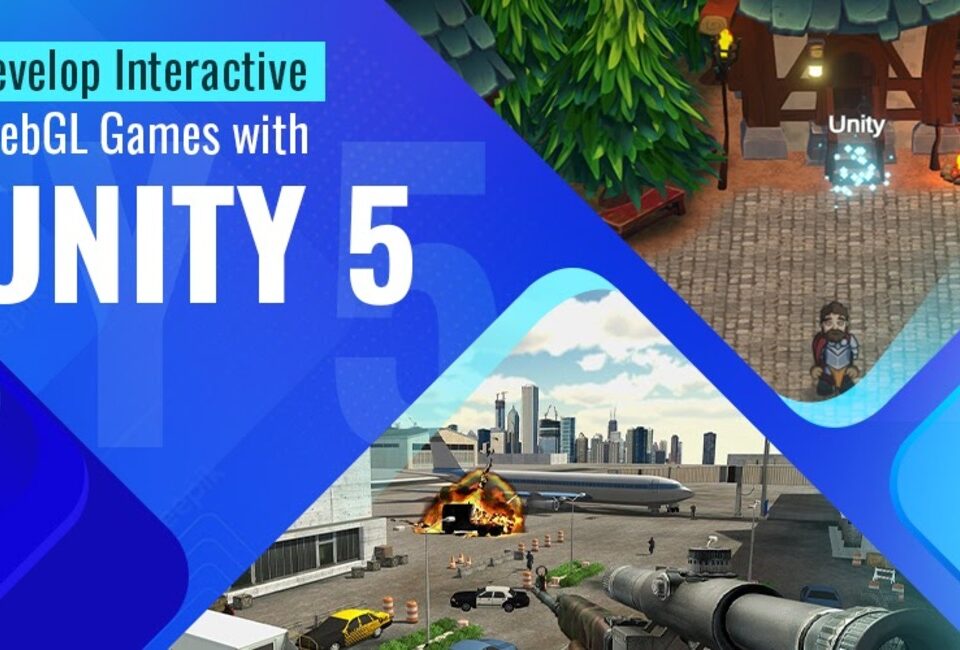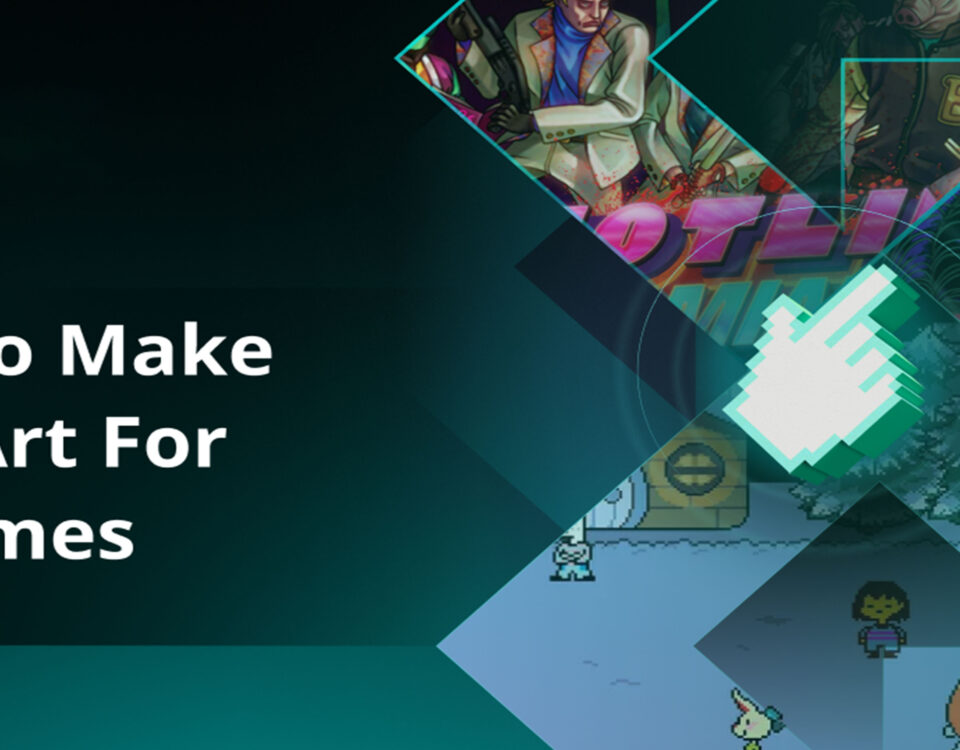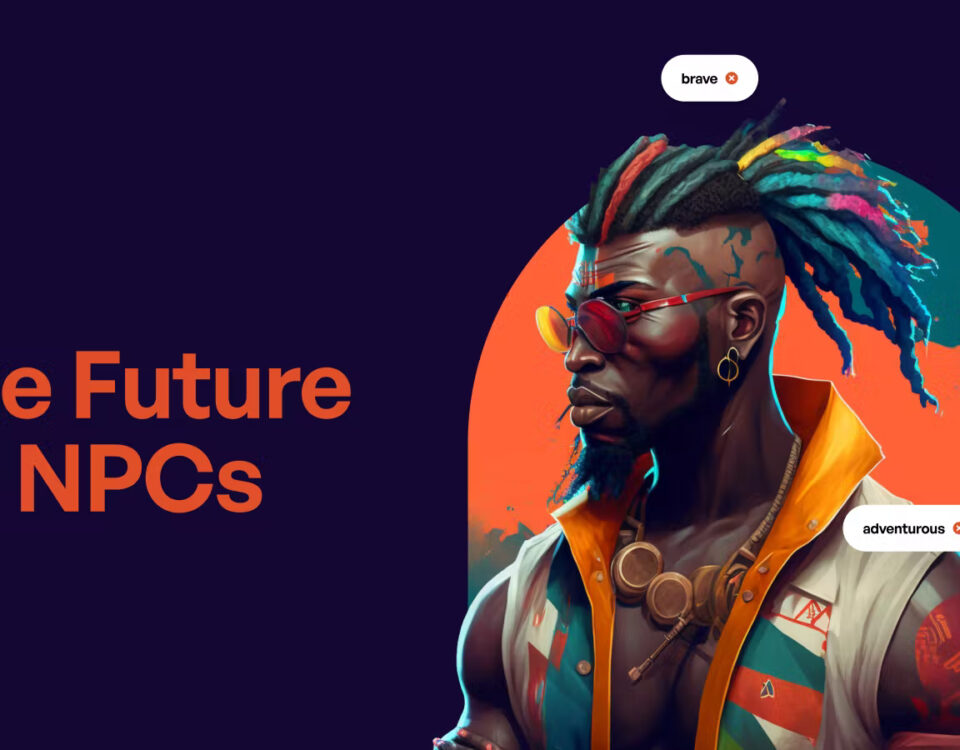
Which One to Choose RDBMS(Mysql) / MongoDB ?
17th September 2019
IWatch Application Development
21st September 2019Creating great games requires knowledge of programming, of system architecture, the possibilities of using psychics in technology, but also a solid framework upon which to build your game. And such game development frameworks now exist in great numbers; some call them game development engines. We will focus primarily on JavaScript game engines, with the occasional mention of a solid HTML5 game development engine. Both languages are closely tied together, and some of these game engines have powerful features and tools to ensure that the games you build knock your competition out of the door immediately.
1. Phaser
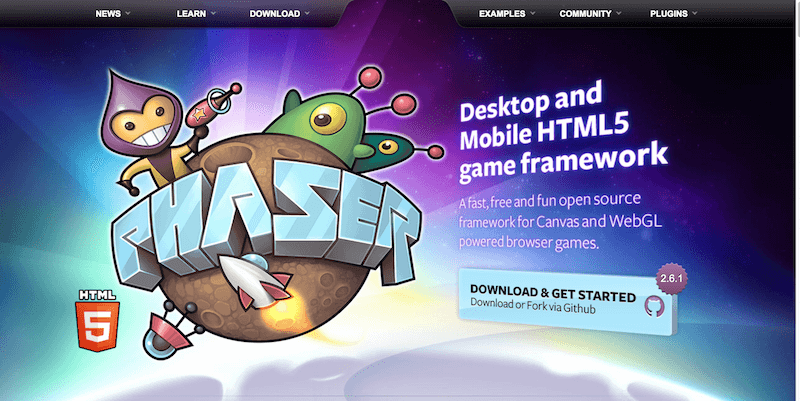
Phaser is a clear favorite amongst seasoned and beginner game developers who want to build games using a HTML5 framework. Its open-source codebase, and large community allow anyone to quickly get started with creating games for mobile devices and desktop computers. Phaser’s JavaScript functionality comes together with the Pixi.js library that helps to keep together WebGL and Canvas components. With Phaser, you can build games that would net you millions of dollars in revenues if you manage to take an approach of a truly phenomenal game.
Phaser’s preloader makes it easy for developers to load their game assets and have them automatically handled. That way, you don’t have to waste time writing extensive code for each part of the game. Phaser utilizes many helpful external libraries to achieve stellar physics movements while enabling spending animation features so your games feel professional and appealing. You could have your very first real world Phaser game experience up and running in just a couple of hours. There’s a ton of code you can borrow on sites like GitHub, and not to mention the endless piles of great tutorials that will get you up to speed in no time.
2.Crafty
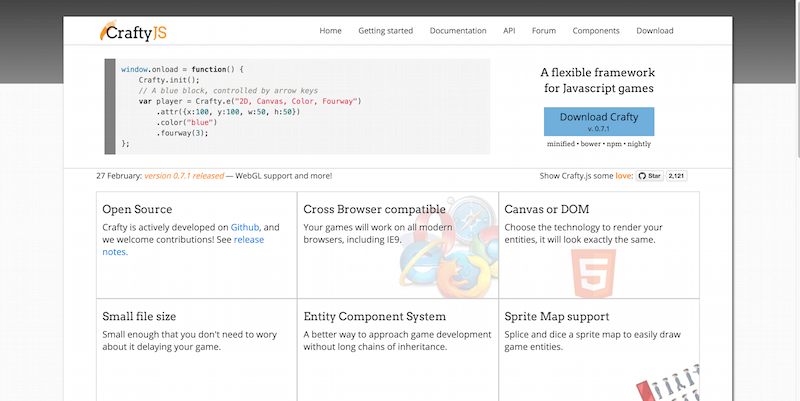
Crafty is best defined as a JavaScript game engine that puts together a collection of components that you can use to build interactive games. Through components, you can make the choices for your game that won’t bloat up your codebase, or give you too much of a headache if you need to port a part of the code elsewhere. Binding events with Crafty lets you manage how system events behave. Thus, you can create custom calls and actions. Crafty’s small size is what’s most appealing to newcomer game developers; some developers have implied that you could build games without having Crafty in your collection of engines, yet the convenient components system lets you quickly lay out a roadmap for your game and its progress. Crafty.js has an extraordinary community who are all interested in helping fellow game developers build and structure games.
3.PhysicsJS
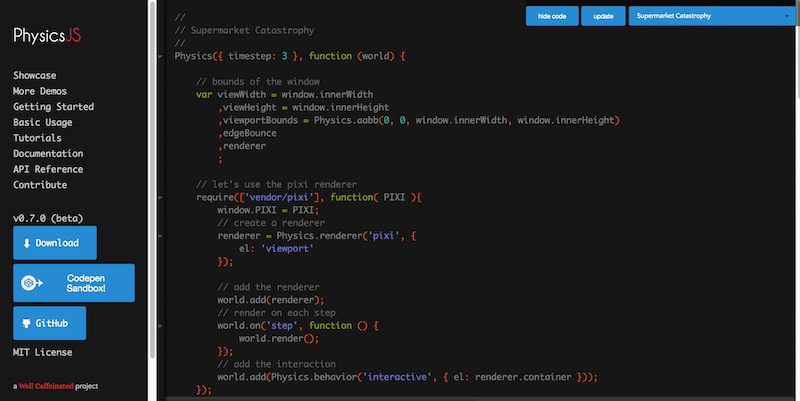
PhysicsJS has been around for a few years now. Still, it manages to go strong as one of the best choices for a physics engine for online games. It’s a safe choice for beginners, as much as it is for seasoned developers. Weed through the demo previews in the showcase page and see the kind of physics experiments you can do for yourself. Because the code editor is interactive, you can apply custom code tests and test them in a live environment.
4.BabylonJS
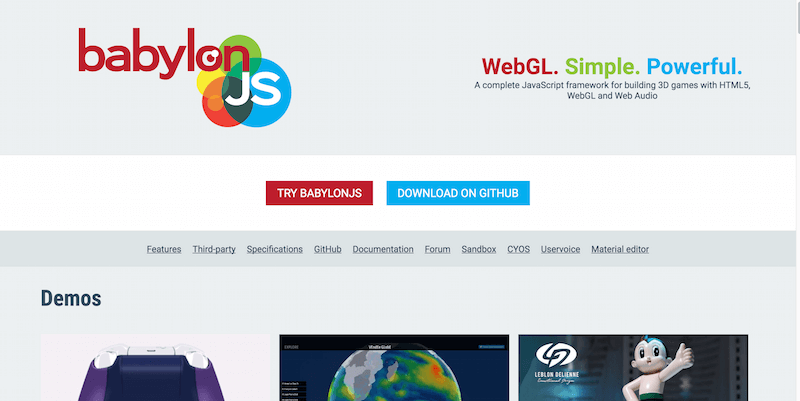
You’ll have heard of Babylon.js even if you haven’t heard of game development before. This library has had a successful run for a ton of years now; it continues to rise to the top as one of the leading JavaScript game engines with WebDL and 3D development support. Babylon doesn’t require to be installed as an internal entity on your computer. Thus, all development can happen within the browser/code editor itself. This makes it an appealing choice for those who want to develop on the go. Babylon is certainly amongst the most in-depth game engines that can be used to create traditionally animated gameplays or thoroughly designed projects that would resemble a deeper capacity for resolution and interactivity.
5. Pixi.js
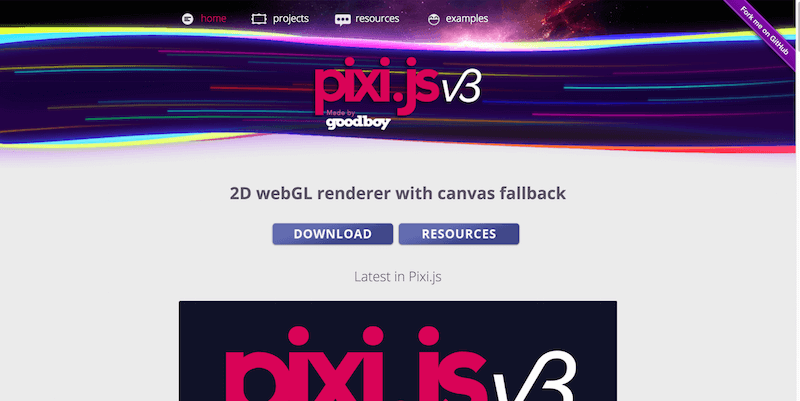
Pixi.js is a 2D game rendering engine intended for HTML5 games. The goal is to make Pixi as fast as possible throughout any device type. With Pixi.js, you can enjoy the benefits of HAC (Hardware Acceleration) without investing countless hours in studying the concept. Pixi’s audience/users are those who don’t want to use WebGL, yet wish to utilize rich game content, interactive displays, and apps that are supported on all platforms equally. That doesn’t mean that Pixi doesn’t support WebGL. Of course, it does, as much as it supports HTML5 Canvas property. It’s the way that Pixi has been built that enables for it to be a smooth, rapid, and evenly interactive rendering engine.



